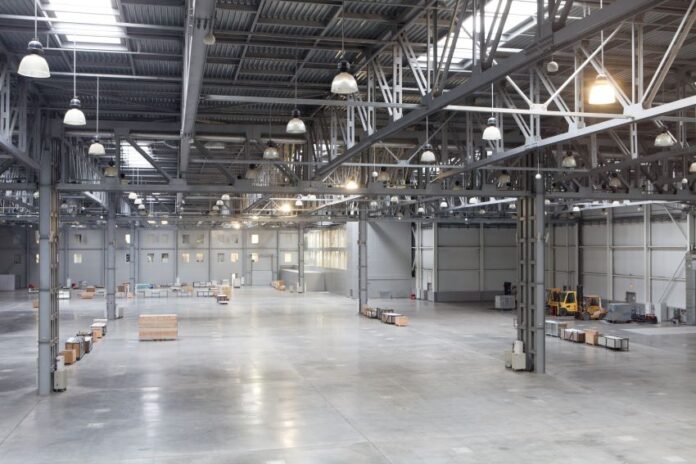Nearshoring in Mexico is losing pace as the occupation of industrial spaces decreases, according to commercial real estate market intelligence company SiiLA.
The reconfiguration of global supply chains following the COVID-19 pandemic spurred significant investments in Mexico as companies looked to develop nearshoring activities in North America.
Following four record-breaking years, the nearshoring phenomenon in Mexico appears to be slowing. Around 31% fewer foreign companies occupy warehouse space in Mexico compared to during the nearshoring peak in 2021, according to SiiLA’s analysis.
“Nearshoring to Mexico is not an inexhaustible source of new companies. What was an avalanche of investments three or four years ago is now a less frenetic flow. This, far from being a crisis, is a natural adjustment of the market,” SiiLA states.
“This does not mean a crisis for the industrial real estate sector, but the signs of recession and the protectionist measures of the United States have added uncertainty to the outlook and affected investment expectations,” the firm added.
SiiLA estimates that over 1,200 companies entered Mexico’s industrial real estate market between 2020 and 2024. Around half of them were foreign companies looking to reduce operating costs.

These companies occupied approximately four out of every 10 square meters of industrial space in Mexico from 2021 to 2024, equivalent to around 13 million square meters.
The entry of new Mexican companies to the space has also fallen by 43%, according to SiiLA.
In 2024, around 5.26 million square meters of industrial warehouse space was occupied, marking a decrease of 14.7% from 6.17 million square meters in 2023.
The recent threat from U.S. President Donald Trump of 25% tariffs on Mexican products has made investors wary, with many now in wait-and-see mode.
Silvia Gómez, a market analyst at real estate data tech agency Datoz, does not believe the tariffs will dramatically change Mexico’s investment environment, although some regions of the country may be affected more than others.
“Some companies may make the decision not to set up shop [in Mexico], but it will not be the majority. Many others are already established and have benefits, such as good labor and tax incentives. Despite the pressure and tariffs, we continue to see investment announcements,” Gómez was reported saying by news site El Economista.
Mexico’s principal industrial regions
The industrial warehouse market in Mexico’s Bajío region — comprising the states of Aguascalientes, Guanajuato, Querétaro, Jalisco, Zacatecas, Michoacán and San Luis Potosí — experienced strong growth in 2024, where the net absorption of warehouse space was around 28.28% of the national total, according to Datoz.

Nationwide, the Argentina-based Amazon competitor Mercado Libre was the biggest warehouse tenant in 2024, occupying 11% of the total rented square meters in Mexico and the firm announced plans to invest U.S. $2.5 billion in Mexico in 2025.
There has been an influx of investment from China in Mexico in recent years, with Chinese firms taking over nearly 3 million square meters of industrial warehouse space between 2019 and 2024.
“From 2019 to 2024, investments from Asia represented 61% of the total accumulated demand (for industrial warehouses) for nearshoring in Mexico,” the commercial real estate services and investment firm CBRE Mexico stated.
In addition to Chinese companies, firms from the U.S., South Korea, Taiwan, Germany, Canada, Denmark, Italy, Switzerland, France and Sweden all rented warehouse space.
Some of the principal industries investing in nearshoring activities in Mexico are the automotive, household appliances and electronic devices industries.
With reports from El Economista and Forbes México
